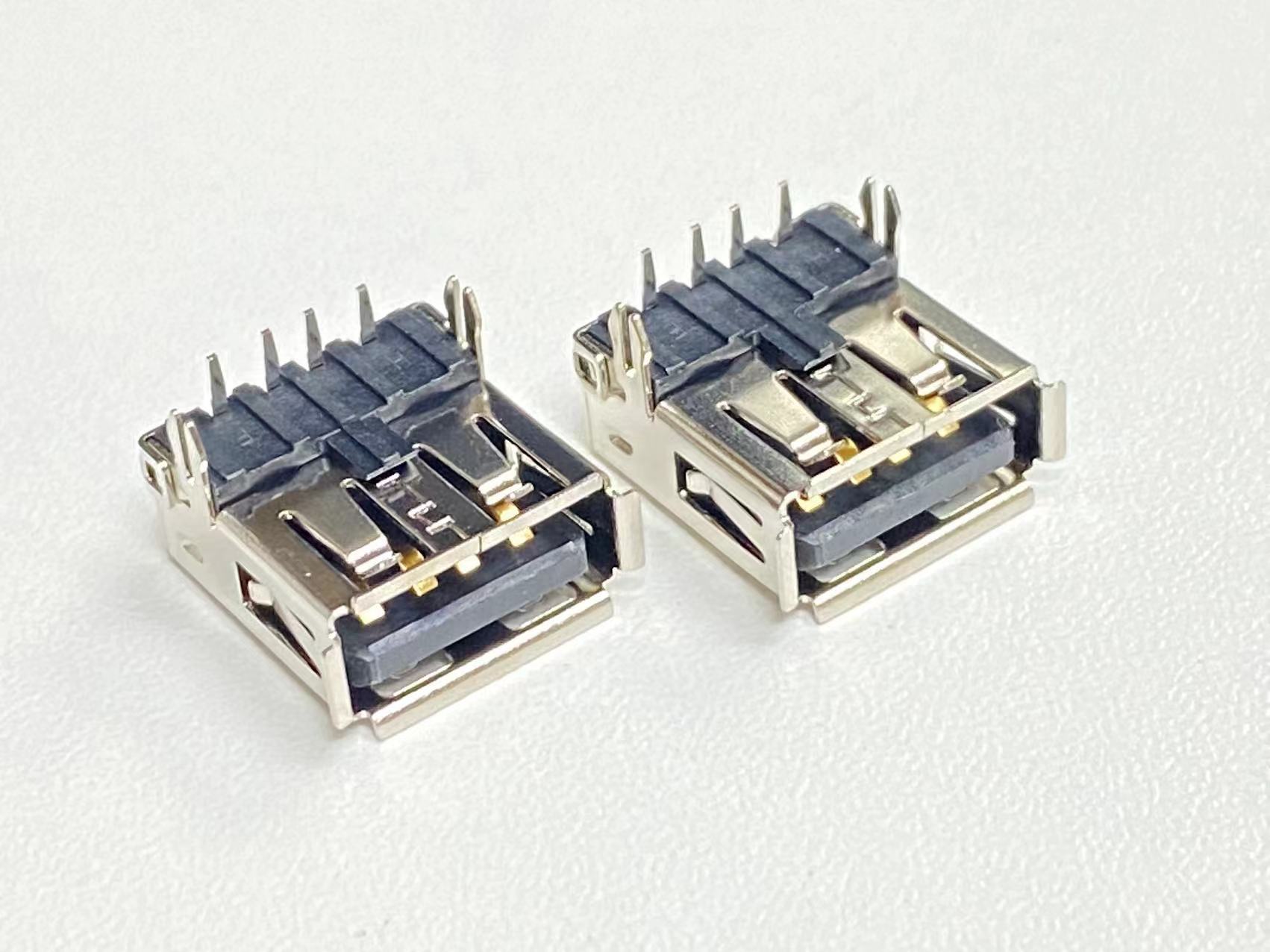In today¨s fast-paced digital world, display quality and performance are paramount. Whether you’re working in a professional setting, gaming, or streaming media, having a reliable connection between your devices and displays is essential. One of the most commonly used connections is DVI (Digital Visual Interface), which has played a significant role in bridging the gap between older analog systems and modern digital displays. Understanding DVI compatibility is key to maximizing both display quality and performance in any setting.Therefore, we should understand HDMI Interface Many benefits, absorb and summarize, and use them. https://www.szxianhe.com/
In this article, we¨ll explore the types of DVI connections, their advantages, and how to ensure you¨re getting the best performance from your devices.
dvi compatibility
1. What is DVI?
DVI stands for Digital Visual Interface, a video display interface that was developed to transmit high-quality digital and analog video signals. DVI became the standard for connecting graphics cards to monitors and other display devices, making it a crucial component in ensuring clear, high-resolution images. While more advanced interfaces like HDMI and DisplayPort are now available, DVI still remains a reliable and widely used option for many applications.
The main strength of DVI is its ability to transmit uncompressed digital video, which ensures sharp and accurate images. It supports various display modes, including analog, digital, and dual-link, making it highly versatile for a range of devices.
Key Features:
Supports both analog and digital signals.
Provides uncompressed video transmission for clear, high-resolution displays.
Widely compatible with older and newer systems.
2. Types of DVI Connections
There are three main types of DVI connections: DVI-A, DVI-D, and DVI-I. Understanding these types is crucial to ensuring that your device and display are compatible and can deliver the best performance.
2.1 DVI-A (Analog Only)
DVI-A is designed to transmit analog signals only, making it suitable for older CRT monitors or any display that requires analog input. This type of connection doesn¨t offer the same level of quality as digital connections but is useful for backward compatibility with older systems.
2.2 DVI-D (Digital Only)
DVI-D is the digital-only version of the interface, designed to transmit uncompressed digital video. This provides crisper images and is the best choice for high-resolution displays, such as LCD monitors or digital projectors. DVI-D connections come in two versions: single-link and dual-link.
Single-Link DVI-D: Supports resolutions up to 1920×1200 at 60Hz. It¨s ideal for most standard applications, including office work, gaming, and media playback.
Dual-Link DVI-D: Supports higher resolutions, up to 2560×1600 at 60Hz. This makes it ideal for high-performance applications like gaming, video editing, and professional graphics work.